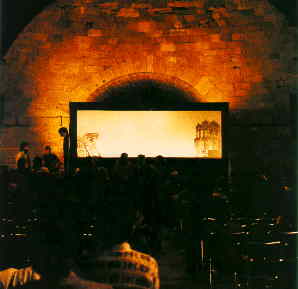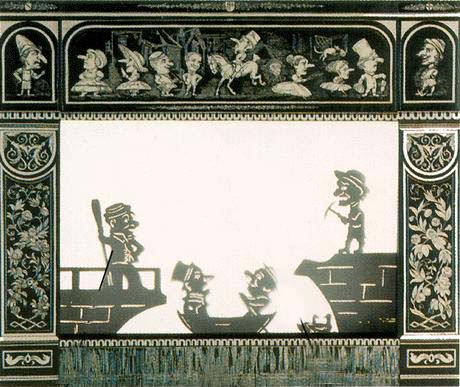Margarita Dekoli, masxxx Final Project
The original inspiration came from old tools that we use with our hands -“plying the distaff” in particular- and that were by large replaced by machines in recent centuries, but are still practiced as a craft that gets passed on from generation to generation in rural areas around the world. The evolution of these techniques and the reasons that led to the construction of the actual tools goes back a lot of years and fades rapidly, especially for those crafts whose knowledge is undocumented and exist only in the memory of the older craftsmen. As the knowledge of the older crafts/techniques becomes scarce, they will become even more of a traditional and old “exhibit” rather than the expression of the accumulated experience of hundreds of years and millions of people who utilised them to their limits, transforming raw material, like wool to string. That is the point, where the amount of resources and energy needed to produce artifacts of our everyday life, literally slip through our fingers.
These primitive (but sophisticated in their simplicity) methods and tools needed two skillful hands and fingers for manipulation and good coordination among the various parts to have an optimized production.

How about techniques and tools that were used for entertainment? Musical instruments require the coordination of the hands, feet, breathing and a lot of practice.

“Shadow theatre is a unique kind of performing art which is close to puppetry, but differs from it in the sense that while in puppet theatre the audience directly sees the puppet figures, in shadow theatre they only see the shadow cast on the screen. There is a light source and a screen and in between the manipulator inserts the flat figures by lightly pressing them on the screen so that a sharp shadow is formed. Usually, the figures in the shadow theatre are made of leather or cardboard. They are carefully stenciled so that their shadows suggest their clothing, jewellery and other accoutrements. Some of the figures have jointed limbs which, when manipulated, give the appearance of moving shadows.”

… surrealist artists like Dali used the shadow as a motif in its own right and created mysterious and magically striking works of art.
Borrowing the metaphor of the display of the Theatre of the Shadows, the virtual objects on the screen become the cardboard puppet figures that respond to the manipulation of the controls. The computer screen also provides the brightness (light source) for the projection of the puppets shadow on the paper-screen, the screen of our stage.

interaction
The interaction with the wooden stick requires the use of both hands to handle the speed of rotation, which then manipulates the virtual objects. The spinning of the wooden piece provides the necessary “energy” for the whole “scene” to proceed. The same motion can be traced back to the times when the fire was lit up by the friction between two pieces of wood or stone.
The movement of the pieces on the screen start from a chaotic continuous state and move towards a more regular state –more order in the layout- influenced by the metaphor of the wool that is converted to fiber and then cloth.
